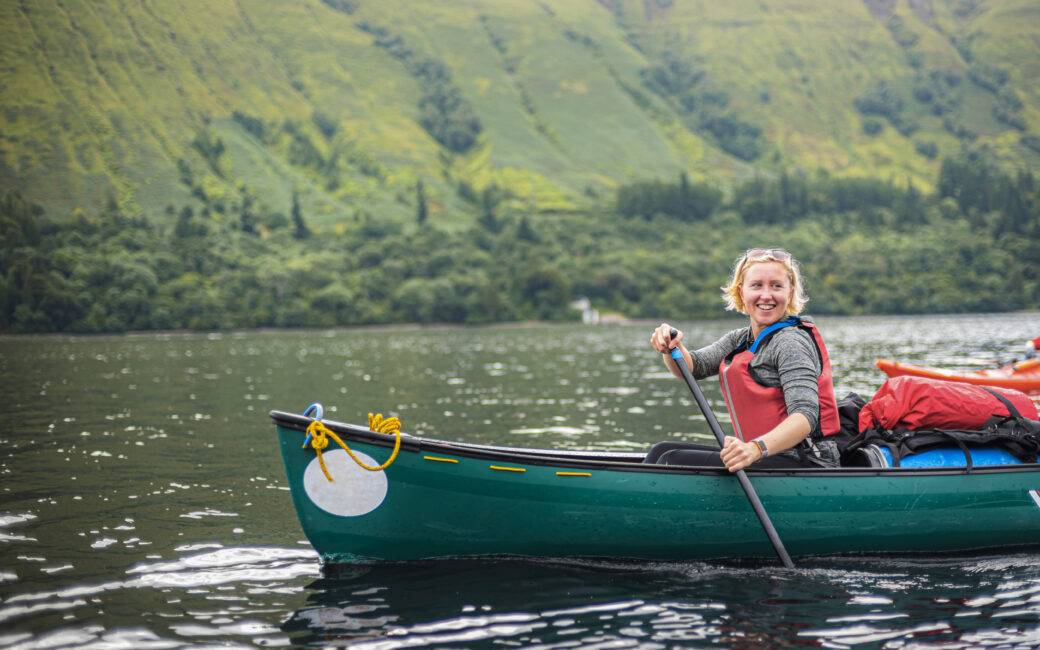The UK is full of beautiful and exciting places to go paddling from flat water bimbles to grade 5 nail biting white water descents meaning it is super important to do you research because you go to ensure you get the most out of your paddling trip and that it is safely within your comfort zone.
The first thing to consider is the water type that you are looking to paddle on, in the Wild Otter app we have added a filter system to allow you to only see the type of water you want, these are split into the following.
– Flat water, This is as it says flat water with no rapids, it doesn’t always mean that you will be able to return as there may be a flow that makes the route a one way trip meaning you will need to work out how to get back to your car at the end of the trip.
– Tidal water, this is water thats effected by the tides where it is important to check the tide times/directions before paddling. In the Wild Otter app we have added the local tide times link to each tidal launch added to help you stay safe on the water.
– Grade 1 means the water is moving, but potentially with rocks or and other hazards to avoid, and without technical difficulties. Basically it means paddling it should be within most people’s abilities. It’s the ‘easiest’ river you can paddle and great for practicing on moving water if you’ve never paddled on it before. Typically grade 1 rivers have little ripples and waves that can wobble your boat a little, but once you’ve got your balance they’re a great practice river.
– Grade 2 rivers are the next step up from Grade 1. They can include waves and small stoppers which should be easy to navigate. They can also include eddies where you can catch your breath before moving on to the next set of rapids.
– Grade 3 is getting a little more technical, grade 3 rivers are more technically difficult. They also include distinctive waves and stoppers and sometimes even drops. How would you tell the difference between grade 2 and 3? Grade 3 rivers usually require you to paddle a certain route to avoid obstacles such as rocks along the river.
– Grade 4 is getting into the trickier end of the scale, Grade 4 rivers include severe waves, drops, stoppers and other possible objects that can affect the flow of the water. If you paddle Grade 4, you will be used to reading the river and inspecting a route from the bank before running that river. Because of the breadth of what Grade 4 encompasses, sometimes rapids within the river will be classified as Grade 4- or Grade 4+, indicating their intensity level.
– Grade 5 rivers are extremely difficult and require an exceptional amount of skill and experience to navigate. They are very demanding and include stoppers, currents and powerful waves.
– Grade 6 is extreme on another level. Think of the most extreme rapids you’ve seen and make them even more ferocious. Grade 6 rapids will look un-runnable, but under the right circumstances and with the right amount of skill and experience, they can sometimes be possible.
Its important not to underestimate the difficulty of graded water and the dangers that come with, if you are unsure about paddling graded water then its well worth attending a Paddle UK skills or safety and rescue course Paddle UK Qualifications. To set the filters within the Wild Otter app simply click the filters tab on the bottom right of your screen and de select the ones you don’t want to see (they are grey when no selected)
The Wild Otter app is downloadable from both the App and play store.


